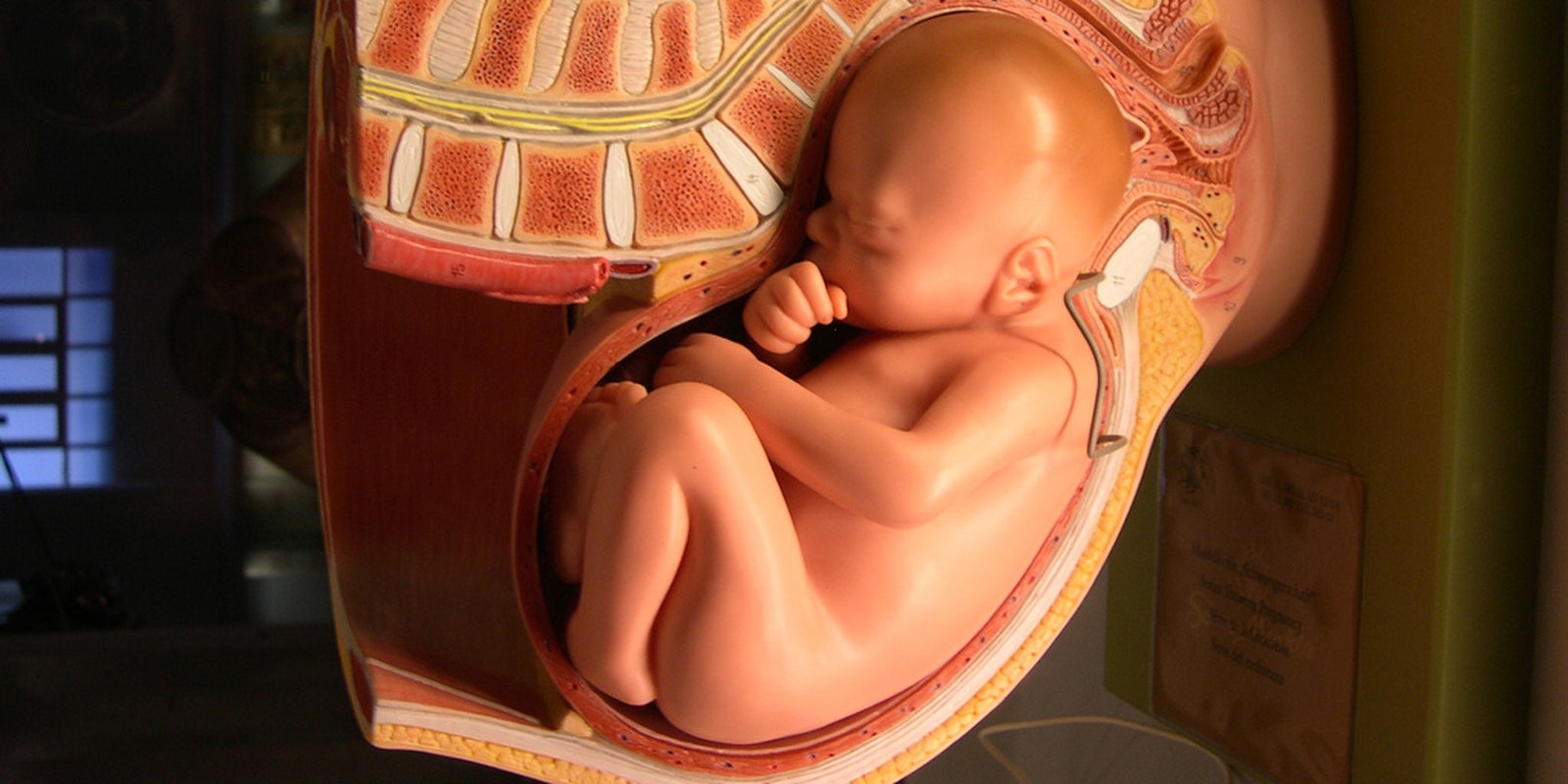For parents-to-be, there’s little more exciting than seeing their child for the first time on a sonogram. But the blind or visually impaired have always been shut off from that experience. Thanks to 3D printing, however, a sonogram is now something you can touch.
Eager couples can now purchase a model of their unborn child through 3D Babies, a California-based company that launched earlier this year, despite crowdsourcing only $1,225 of its $15,000 goal in October. The fetus models range from two to eight inches in size, with prices ranging from $200 to $800.
The technology could prove profound for those with visual impairments. Neva Fairchild, who is legally blind, felt she missed out on the excitement of seeing sonograms in the months leading up to the birth of her first grandchild. As a resident expert on independent living for the American Foundation for the Blind, she told Page One that she thinks the technology can help enhance the pregnancy experience for people with blindness or visual impairments.
In addition, Technologia Humana 3D, a Brazilian company specializing in 3D imaging, began using printers to construct models of babies in utero last year.
But the company quickly discovered another benefit. By gathering data generated from sonograms, MRIs, and CT scans, it can construct three-dimensional images, which can in turn be sent to 3D printer and turned into what are essentially tangible models of the fetus.
The images also provides prenatal diagnostic tools by providing a way for doctors to study a fetus’ anatomy virtually. Doctors can study heart and lung problems, and past examinations have led to the discovery of down syndrome and cleft lip in unborn children.
Whether for personal or scientific reasons, the work done by 3D Babies and Technologia Humana 3D join what seems to be a rising trend. A Japanese company garnered attention in 2012 for providing the same service. They even sold fetus keychains for an extra fee.
Photo by Mark Scott/Flickr (CC BY-ND 2.0)


